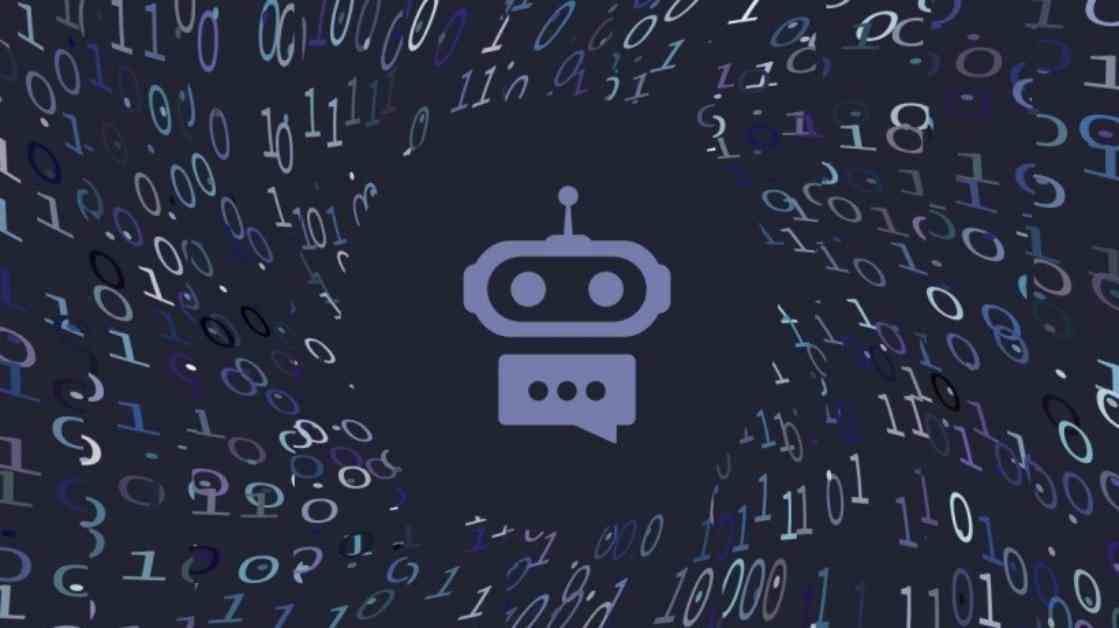The Impact of Artificial Intelligence on Perception and Reality
Artificial Intelligence (AI) has become an integral part of our daily lives, influencing various aspects including education. While there are both positive and negative impacts of AI on education, one of the main concerns is the phenomenon of AI hallucinations. These hallucinations occur when AI systems generate information that is inaccurate or entirely fabricated due to the way they process data. As educators, we must understand the significance of these hallucinations and how they can be utilized to promote critical thinking among students.
Understanding AI Hallucinations
AI models like ChatGPT rely on patterns in data to generate responses, which can lead to the production of false information. When AI systems lack the appropriate context or information, they may fill in the gaps with plausible-sounding but incorrect details. This can result in inaccurate summaries, fabricated characters or events, and distorted facts such as dates or names.
While AI hallucinations are often viewed as a disadvantage, they can serve as an advantage in the field of education. By being aware of the potential for AI systems to produce false information, educators and students are encouraged to think critically and verify the accuracy of the content generated by these systems. This process of double-checking not only ensures the reliability of information but also promotes a deeper understanding of the material being studied.
Promoting Critical Thinking in Education
The concept of critical thinking has long been valued in education, as it encourages students to analyze information, identify errors, and think logically. Techniques such as error detection and correction, peer review, and cross-referencing are commonly used to promote critical thinking skills among learners. By integrating AI hallucinations into the educational framework, educators can further enhance students’ ability to think critically and evaluate the validity of information presented to them.
Utilizing AI Hallucinations for Learning
In order to effectively leverage AI hallucinations for educational purposes, it is essential to educate students about the nature of these hallucinations and their potential impact on the information they receive. Providing practical examples of significant errors made by AI systems like ChatGPT can help students understand the limitations of generative AI and the importance of fact-checking.
Organizing online forums, groups, or contests where students can share and discuss examples of AI hallucinations can further enhance their awareness of the issue. By curating a collection of significant mistakes made by AI systems over time, students can develop a deeper understanding of the challenges associated with relying on AI-generated content.
Conclusion
Artificial Intelligence has the potential to revolutionize education, but its impact ultimately depends on how we choose to utilize it. By recognizing and addressing the issue of AI hallucinations, educators can empower students to think critically, verify information, and engage in meaningful learning experiences. Embracing the challenges posed by AI in education can lead to a more informed and intellectually curious generation of learners who are equipped to navigate the complexities of the digital age.
